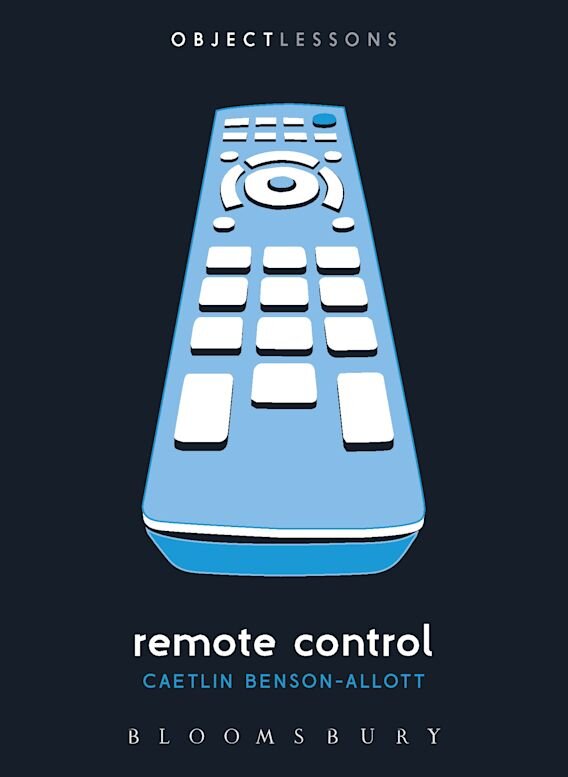Books In Progress
On Escapism
In progress
Escapism means more than sticking your head in the sand or refusing to face facts; it is a form of self-care with radical potential. Films and TV series are often condemned as escapist, but in On Escapism, I argue that escapism is a fundamental human need that viewers bring to media for respite and renewal. What happens if instead of equating escapism with denial, then, we embrace it as productive coping strategy? We start to recognize escapism as an empowering spectatorial mode, because it describes how we invest movies and television with energy and love to renew our inner resources when stress and pain overwhelm us. On Escapism celebrates rather than condemns this everyday use of media and argues that we need escapism to sustain ourselves against relationships, jobs, and environments organized against our flourishing.
The Stuff of Spectatorship: Material Cultures of Film and Television
University of California Press, 2021
Film and television create worlds, but they are also of a world, a world that is made up of stuff, to which humans attach meaning. Think of the last time you watched a movie: the chair you sat in, the snacks you ate, the people around you, maybe the beer or joint you consumed to help you unwind—all this stuff shaped your experience of media and its influence on you. The material culture around film and television changes how we make sense of their content, not to mention the very concepts of the mediums. Focusing on material cultures of film and television reception, The Stuff of Spectatorship argues that the things we share space with and consume as we consume television and film influence the meaning we gather from them. This book examines the roles that six different material cultures have played in film and television culture since the 1970s—including video marketing, branded merchandise, drugs and alcohol, and even gun violence—and shows how objects considered peripheral to film and television culture are in fact central to its past and future.
Remote Control
Object Lessons Series, Bloomsbury, 2015
While we all use remote controls, we understand little about their history or their impact on our daily lives. Caetlin Benson-Allot looks back on the remote control's material and cultural history to explain how such an innocuous media accessory has changed the way we occupy our houses, interact with our families, and experience the world. From the first wired radio remotes of the 1920s to infrared universal remotes, from the homemade TV controllers to the Apple Remote, remote controls shape our media devices and how we live with them.
Killer Tapes and Shattered Screens: Video Spectatorship from VHS to File Sharing
University of California Press, 2013
Since the mid-1980s, US audiences have watched the majority of movies they see on a video platform, be it VHS, DVD, Blu-ray, Video On Demand, or streaming media. Annual video revenues have exceeded box office returns for over twenty-five years. In short, video has become the structuring discourse of US movie culture. Killer Tapes and Shattered Screens examines how prerecorded video reframes the premises and promises of motion picture spectatorship. But instead of offering a history of video technology or reception, Caetlin Benson-Allott analyzes how the movies themselves understand and represent the symbiosis of platform and spectator. Through case studies and close readings that blend industry history with apparatus theory, psychoanalysis with platform studies, and production history with postmodern philosophy, Killer Tapes and Shattered Screens unearths a genealogy of post-cinematic spectatorship in horror movies, thrillers, and other exploitation genres. From Night of the Living Dead (1968) through Paranormal Activity (2009), these movies pursue their spectator from one platform to another, adapting to suit new exhibition norms and cultural concerns in the evolution of the video subject.






